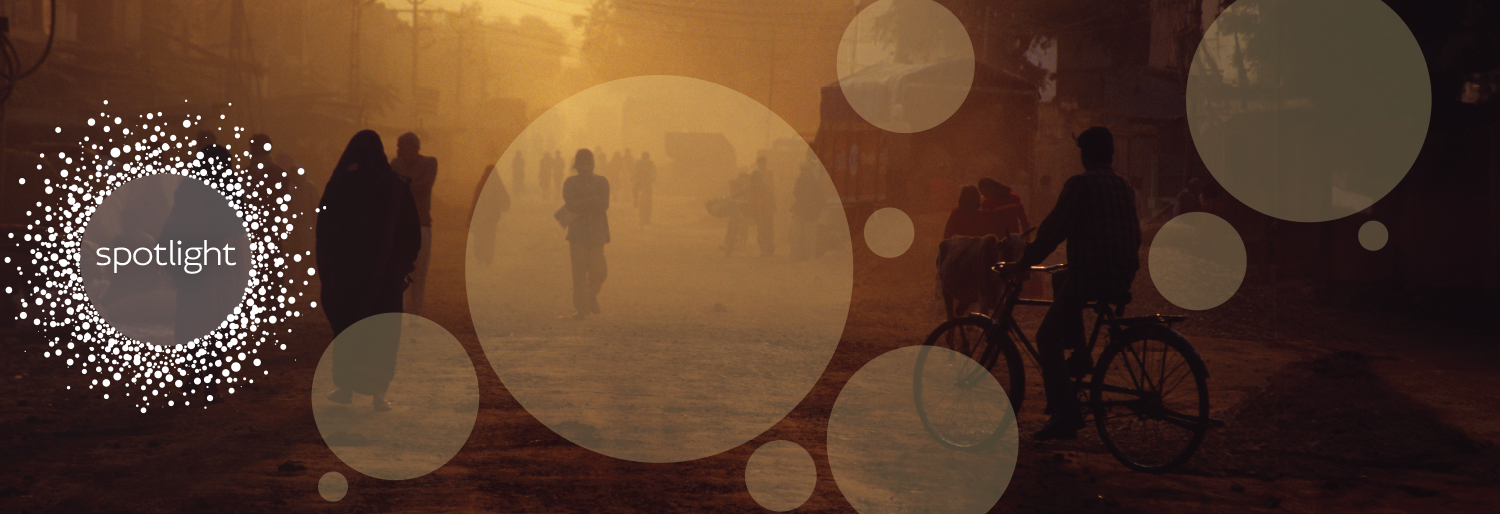one breath, one life
Alison Dudgeon discovers the chance to give the gift of life and a voice to local communities through training in neonatal resuscitation
Soon after I arrived in Laos, a little baby called Samuel needed unexpected help at his home delivery in the capital city of Vientiane. I had no equipment, having been called by his daddy in the middle of the night because he heard I was a midwife.
I think God used this difficult experience to show me the importance of having good equipment and skills. I was reminded of the importance of being able to resuscitate a newborn. Samuel survived!
Laos, despite having made significant progress, still holds the highest neonatal mortality rate in Southeast Asia at just above 21 per 1,000 births.
Healthcare in Laos is well behind what we are used to in the UK, and there are many challenges to improving this situation. The most dangerous and critical time for a baby is during delivery and in the following 24 hours. Most babies that die do so during this time frame, and many never take that first breath.
Seven years ago, I moved to live and work in Salavan, one of Laos’s poorest and remotest rural provinces. I came as a midwife and nurse health advisor for a French Christian international NGO after more than 30 years as a nurse and midwife.
My role was to improve the knowledge and skills of health professionals in the provincial hospital and five health centres in our project, which focused on maternal and child health.
Salavan has many challenges: the heat, the language, the culture, the roads, and the rivers. And sadly, many babies die during and after delivery. With God’s help and, in his strength, we were able to make a difference. One essential skill is resuscitation of the newborn.
This experience helped me realise that training in the resuscitation of newborns was a priority. So, I set off with a Laerdal global doll, an Ambu bag, a Penguin Suction Device, and a translator alongside two staff from the provincial hospital.
For three months we taught neonatal resuscitation to everybody, including the trainers who came with me. We did it on location in the workplace with hands-on, practical training.
Our approach introduced discussion, problem-solving, and reflection, and together, everybody improved their skills and built new relationships. This unexpectedly led to improved communication between the hospital and the health centres. Good quality basic equipment for the resuscitation of newborns was provided for all health facilities, including the provincial hospital.
A few months later, on a visit to one of my poorest health centres, the staff were waiting excitedly to tell me, ‘We have resuscitated a baby!’ This was the first time for them.
Before, the mothers had no voice, and the babies certainly didn’t. Today, the story and outcomes are very different in Salavan. One breath, one life.
Alison Dudgeon is a Midwife/Nurse working in Laos


